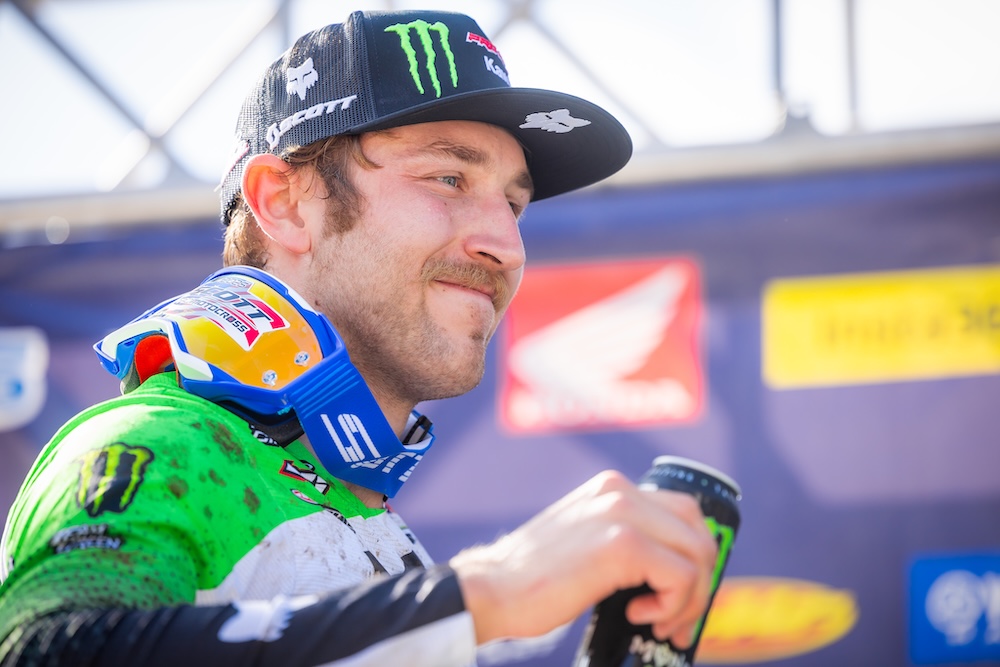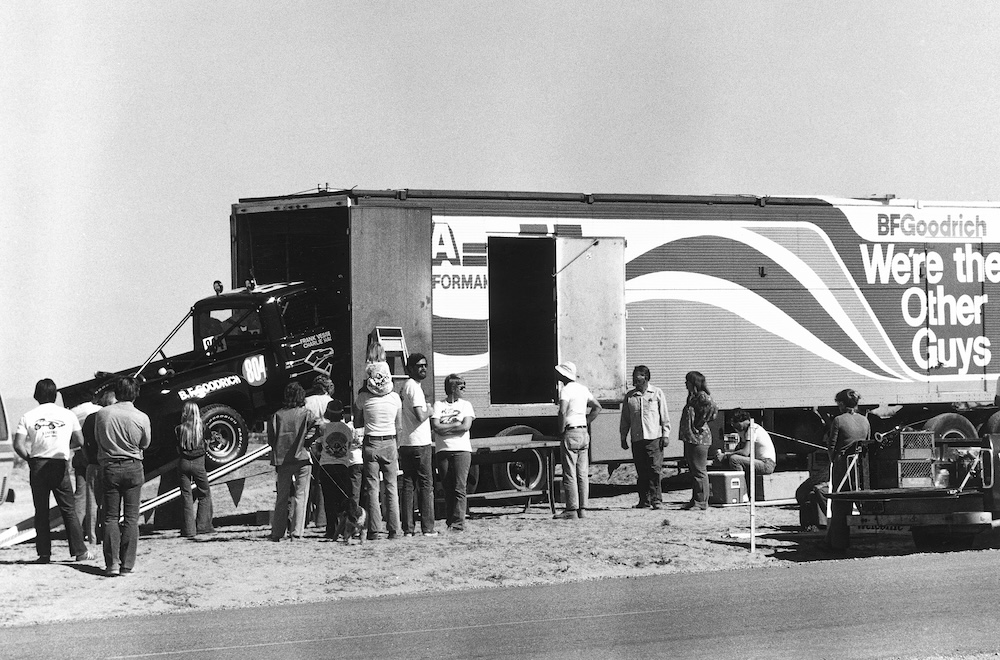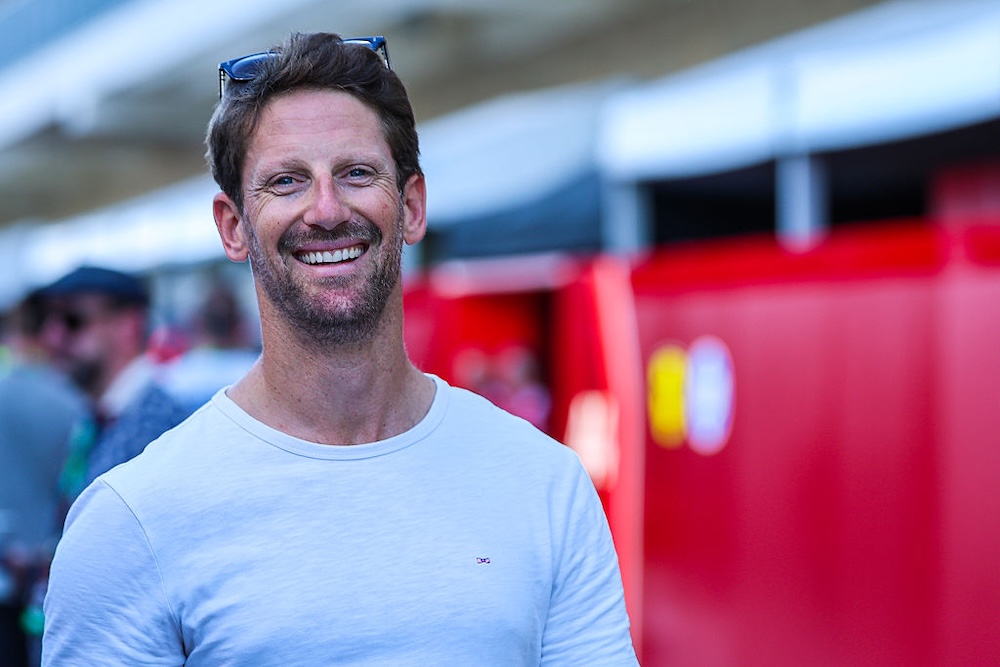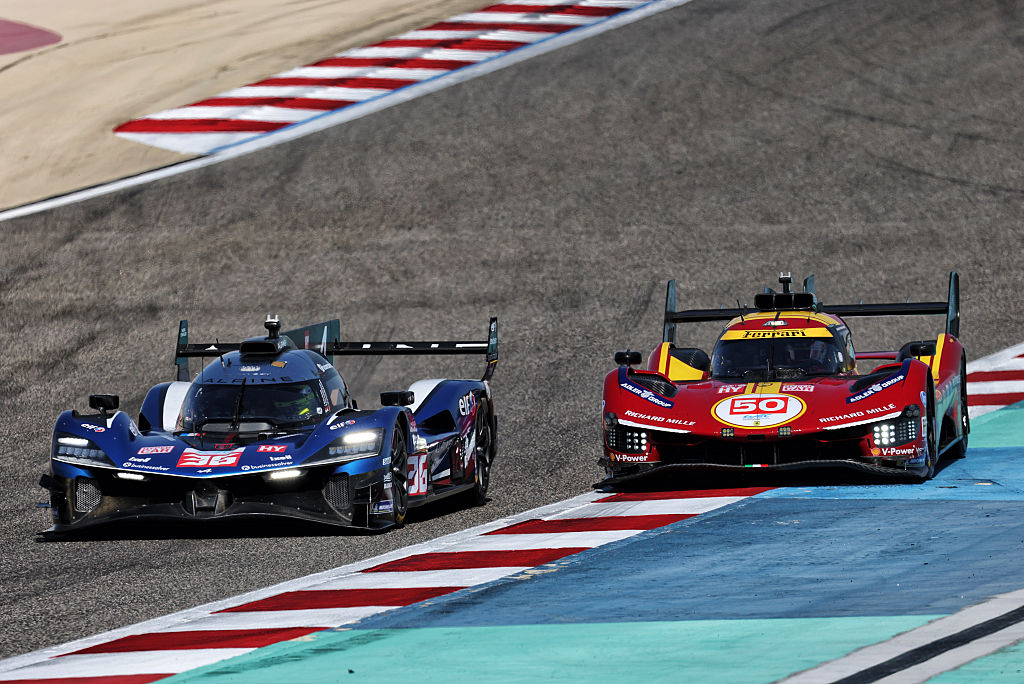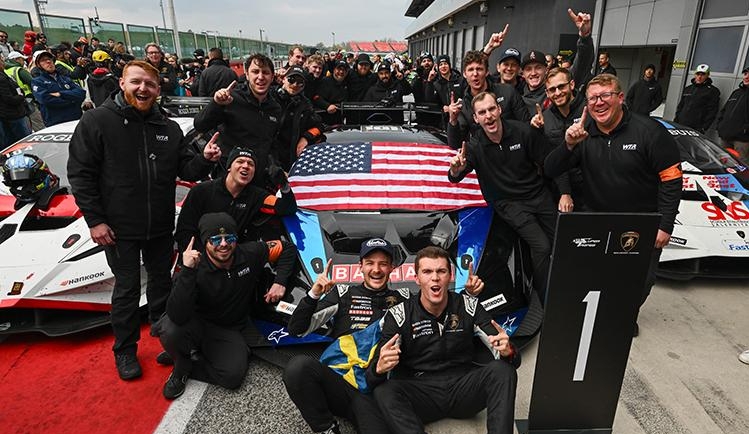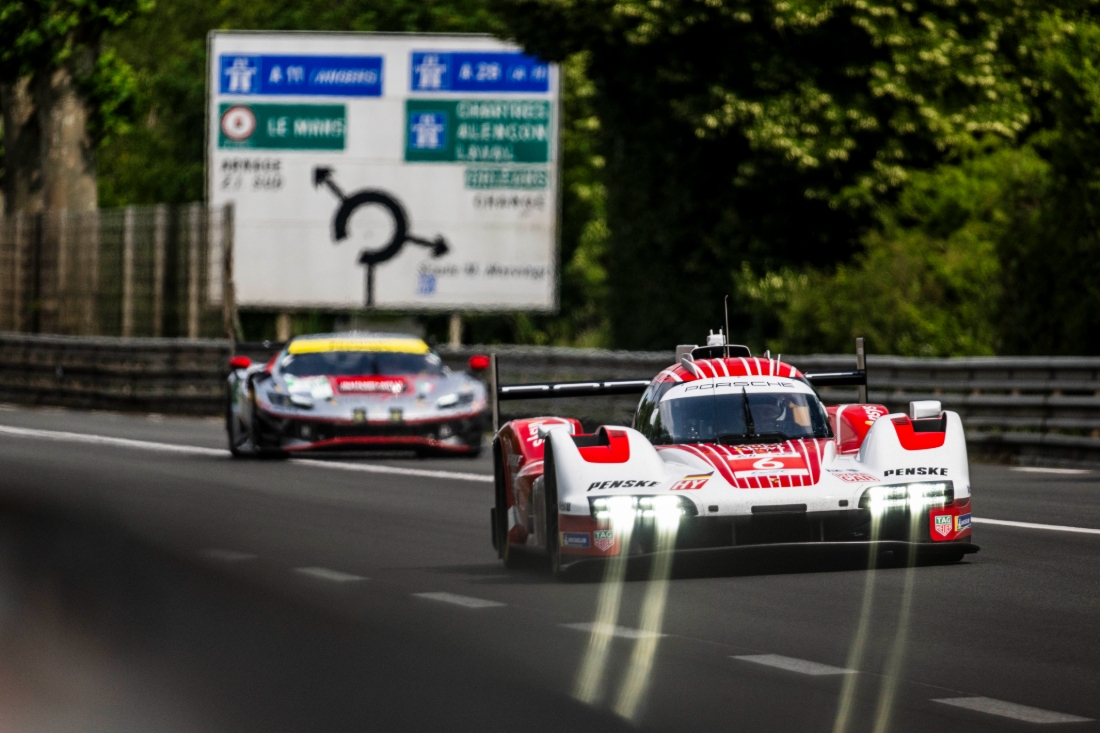
Charly López/DPPI
ShareThis is disabled until you accept Social Networking cookies.
Porsche GTP/Hypercar program at the crossroads
What does the future hold for Porsche's factory involvement in FIA World Endurance Championship Hypercar and IMSA GTP? It's a question that has been posed frequently in paddocks around the world since the 2025 season got underway back in January.
There has been plenty of speculation from teams, OEMs and suppliers that the German brand’s commitment to racing in two championships full-time with the 963 may be wavering as we approach 2026. Why? It’s an expensive endeavor to do both at a time when many major OEMs are looking for areas to save money. And with the shape of the technical ruleset’s future still up for debate, Porsche is taking a long, hard look at its options.
Whether or not Porsche's programs are under immediate threat remains a talking point, though Porsche has reiterated to RACER that the 963 program is confirmed internally through the end of the 2027 season, in both IMSA and the FIA WEC. The question mark, Porsche’s higher-ups say, comes beyond that.
Porsche’s motorsport division is currently discussing with the company board the pros and cons of extending the 963 program for an additional two years to the end of 2029, putting it in line with the ruleset extension announced at Le Mans in 2024. Despite this, there are some in the WEC and IMSA paddock who believe Porsche may cut the IMSA GTP program entirely in 2026, or perhaps scale back to just the Endurance Cup rounds. Though Porsche remains confident that it will still be in both championships this time next year with its LMDh prototypes.
Perhaps the bigger question mark concerns the rulebook from 2030 onwards and the impact that has on its decision-making. Porsche has been vocal in expressing its interest in a move to a single platform for the top class of sports car racing, rather than the current situation, which allows manufacturers to design a car for either the LMH or LMDh rules and compete together.
This looks set to be a topic that the rulemakers in the FIA WEC and IMSA will discuss with all the OEMs involved in the coming months and years. It may not be a case of "as you were" from 2030 through to the end of 2032 in terms of technical regulations. Could it mean a shift to LMH only, LMDh only, or LMDh with more freedom concerning the chassis spines (to give LMH factories looking to continue more freedom)? Might we even see a new platform that blends both technical regulations?
“The (FIA WEC Hypercar) championship is extended,” Urs Kuratle, director of factory LMDh racing at Porsche, pointed out to RACER at Interlagos. “On which rulebook it is, is not quite clear from the press release.
“My personal point of view is that I really hope it will be one common rulebook, one common technical rulebook. We are talking 2030, 2031 and 2032. There are still a couple of years until 2030, and I believe it would be possible to change the technical rules by then in a fair way for all the OEMs to reach a common technical ruleset.
“It’s something that from Porsche’s point of view we are trying to push, to get in this direction.”
Is there an expectation that Porsche, and/or its competitors, would want/need to bring an entirely new car to the formula by the end of the decade to coincide with a shift to a single platform? After all, by that point, the early adopters would be racing with fully mature cars, first raced back in 2021, 2022 or 2023.
Kuratle feels that wouldn’t be necessary. It would help keep costs under control, and through updates to styling, manufacturers could still keep their prototypes looking fresh.
“Does it matter if the chassis is an old one? Does it really matter? There can be design updates. There should be possibilities in the same rulebook to update the view of the car,” Kuratle added. “But whether the chassis design is five or seven years old, does it matter? It should be sustainable, financially, to manage the whole thing. Making a completely new car under a very similar rulebook, does it make sense?
“We have a perfectly nice championship – record crowds, we have the reach numbers from Le Mans that were the best ever this year. Do the fans really care about the age of the chassis and suspension? The parts won’t be old, just the design. As long as the OEMs have the representative design on the car, why change it?”
In the meantime, Porsche is discussing internally how to proceed with its LMDh program beyond 2027.
“Nothing is decided – there’s no date when it’s decided,” Kuratle explained “It’s a normal process for an OEM to look at how much you spend and how much you get back. It has to be proven constantly, and this is the process we are in within Porsche.
“This is exactly the question we have to answer now. We have to discuss with the board if this is what Porsche would like to be part of. 2023 was the first year, now we are talking 2030. We are reaching very high numbers on how long the championship lasts and how long an OEM considers a platform to be the right one.
“I am not sure how many OEMs we see now in the championship will still be there in 2030. I hope Porsche will be there, Porsche belongs to sports car racing, but whether that still is the case is the question we have to answer now.”
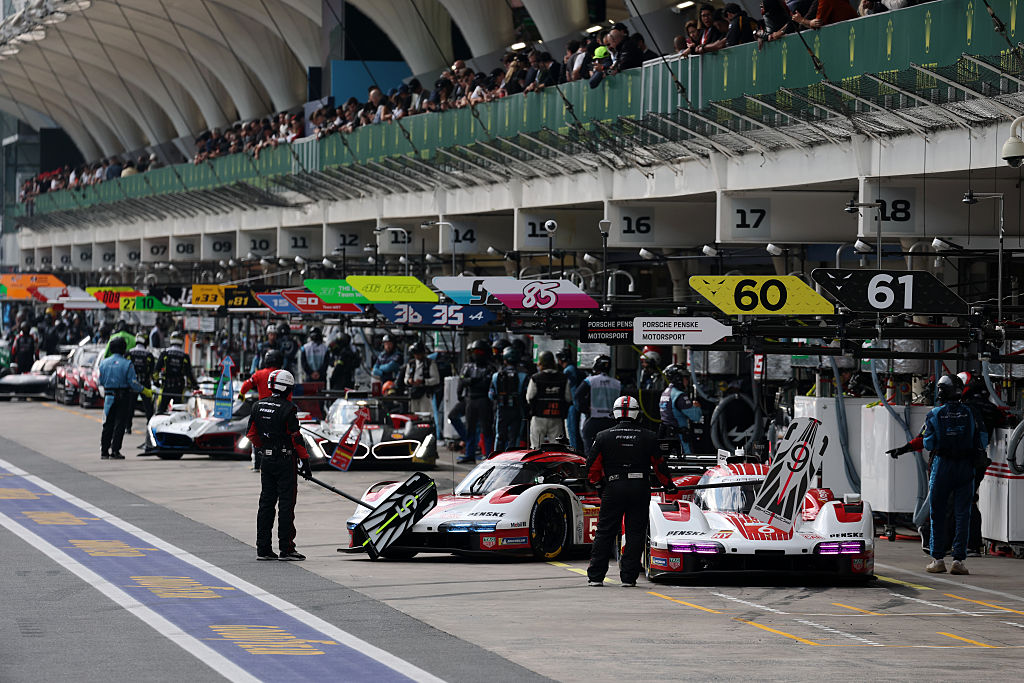
Penske has been integral to Porsche's GTP/Hypercar success, but could it be forced to look elsewhere? James Moy Photography/Getty Images
The other element to this is the partnership with Team Penske. There has been speculation that Penske is exploring another deal, potentially coinciding with a withdrawal from Porsche.
The obvious candidate is Ford, which is still building up its program for 2027 in the FIA WEC. Previously, Mark Rushbrook, the global director of Ford Performance, told RACER that if its Hypercar effort were to expand to IMSA’s GTP class, the Blue Oval would want a service provider in place that could operate across both championships.
“It may become a global program for IMSA, and we need to be prepared. If we do, we would only want one race team to cover both series as a factory, not two teams doing two different series,” Rushbrook said.
Penske would, of course, fit the brief, though it is not the only organization currently being looked at. It's also worth noting that if Penske is indeed signed up through 2027 with Porsche, then the timing wouldn't work.
In the meantime, Kuratle describes the Porsche-Penske relationship as “very close.”
“We’ve built up two teams together. That’s no question, whether there’s a separation between Porsche and Penske when it comes to sports car racing,” he said.
Penske, meanwhile, tells RACER that it “hopes to be racing with Porsche for a long time to come.”
Topics
ShareThis is disabled until you accept Social Networking cookies.
Stephen Kilbey
UK-based Stephen Kilbey is RACER.com's FIA World Endurance Championship correspondent, and is also Deputy Editor of Dailysportscar.com He has a first-class honours degree in Sports Journalism and is a previous winner of the UK Guild of Motoring Writers Sir William Lyons Award.
Read Stephen Kilbey's articles
Latest News
Comments
Disqus is disabled until you accept Social Networking cookies.

